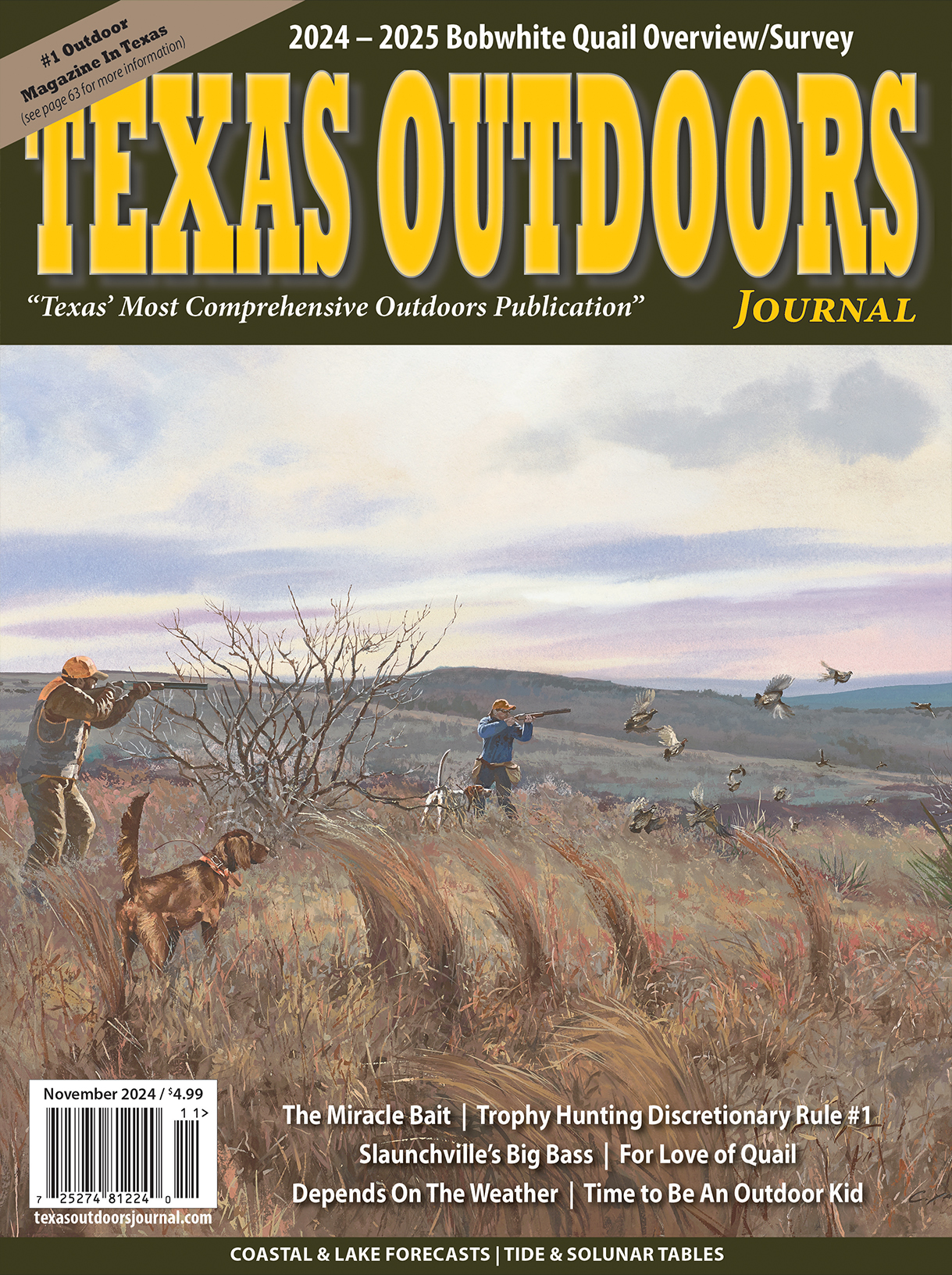
TPWD Announces New Zebra Mussel Findings in Central Texas Lakes
Lake Austin, Lady Bird Lake Newest Additions to Statewide List of Infested and Suspect Lakes
AUSTIN – Two central Texas lakes have received upgraded classifications for invasive zebra mussels as a result of statewide sampling by Texas Parks and Wildlife Department (TPWD) Inland Fisheries staff and partner agencies.
Lake Austin’s classification has been upgraded to infested, meaning it was confirmed to have an established, reproducing population of zebra mussels, after TPWD and Lower Colorado River Authority (LCRA) staff found several size classes of adult zebra mussels and larvae in multiple locations on the lake, including at Tom Miller Dam and Pennybacker Bridge. Lady Bird Lake has been upgraded to suspect, meaning zebra mussels or their larvae have been found at least once, after LCRA found several larvae in a plankton sample.
The confirmed, new infestation at Lake Austin and the discovery of zebra mussel larvae downstream in Lady Bird Lake come less than a year after zebra mussels were first identified upstream in Lake Travis in June 2017.
“When zebra mussels were found in the Colorado River Basin we knew it was likely that larvae would disperse and invade downstream water bodies,” said Monica McGarrity, TPWD Aquatic Invasive Species team lead. “But downstream dispersal doesn’t spread zebra mussels to new river basins – boats do — and boats can spread them downstream more quickly. Texans can protect other river basins and prevent zebra mussels from spreading more quickly to other reservoirs by being extremely diligent about cleaning, draining and drying their boats and other gear every time they visit any lake or river.”
As of February 2018, 14 water bodies in five river basins are listed as infested with zebra mussels; five water bodies are listed as positive, meaning zebra mussels have been detected on more than one occasion; and three water bodies are listed as suspect for having zebra mussels.
Most Texas water bodies are at high-risk of zebra mussel invasion, and zebra mussel DNA was identified in at least ten other water bodies in the state during routine sampling in 2017. Although these DNA hits do not confirm the presence of zebra mussels or their larvae in the lake, they do alert biologists to conduct additional monitoring.
“The DNA hits also underscore the importance for boaters to thoroughly clean, drain and dry their boats and gear when leaving any lake in Texas – not just at the 22 we have classified as infested, positive or suspect,” said Brian Van Zee, Inland Fisheries Regional Director. “Even though you may not see them, microscopic hitchhikers could still be hiding in your equipment.”
The City of Austin encourages everyone to thoroughly clean and dry all swim suits, water shoes and other gear after swimming or recreating in Lake Austin or Lady Bird Lake before visiting any local swimming holes, including Barton Springs Pool.
TPWD has partnered with researchers at the U.S. Geological Survey Texas Water Science Center, Texas Tech University and Texas State University to better understand zebra mussel movement in the state. Recent research indicates the likelihood of downstream dispersal of zebra mussels into distant reservoirs is much higher when infested lakes have a booming, reproducing population of zebra mussels, suitable zebra mussel habitat in the river, and low-head dams in the river that create pools of water.
“These collaborative studies help guide our efforts in monitoring for and preventing new infestations,” McGarrity said. “They show that impounded river systems have high potential for introductions of invasive species, not just by the transport of boats but also by downstream dispersal.”
The rapidly reproducing zebra mussels can have serious economic, recreational and environmental impacts on Texas reservoirs and rivers. Zebra mussels can harm native freshwater mussels and other aquatic species, affect water clarity and cause harmful algal blooms, cover shoreline rocks and litter beaches with sharp shells, clog water intakes, damage or increase maintenance on hydroelectric and other facilities using raw surface water, and damage boats and motors left in infested waters.
TPWD and partners will continue monitoring high risk lakes in Texas, installing signage and reminding boaters to clean, drain and dry their equipment when leaving public boat ramps.
In Texas, it is unlawful to possess or transport zebra mussels, dead or alive. Boaters are required to drain all water from their boat and onboard receptacles before leaving or approaching a body of fresh water in order to prevent the transfer of zebra mussels and other invasive species. Zebra mussel larvae are microscopic and both adults and larvae can survive for days in or on boats transported from a lake. The requirement to drain applies to all types and sizes of boats whether powered or not: personal watercraft, sailboats, kayaks/canoes or any other vessel used on public waters.
More information about zebra mussels can be found online at tpwd.texas.gov/ZebraMussels.
———
On the Net:
News Roundup: https://tpwd.texas.gov/newsmedia/releases/news_roundup/zebra_mussels/
News Images: https://www.tpwd.state.tx.us/newsmedia/news_images/?g=zebra_mussels
Stop Zebra Mussels Video: https://youtu.be/E4Y5ILzKgHg
How to Clean, Drain and Dry Your Boat Video: https://youtu.be/4jhz0KjNgdU
Photo Editors: Images associated with this news release are available on the TPWD Web site (http://www.tpwd.state.tx.us/newsmedia/news_images/).









